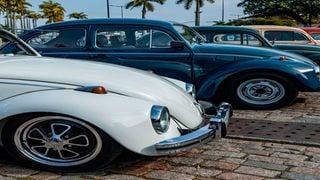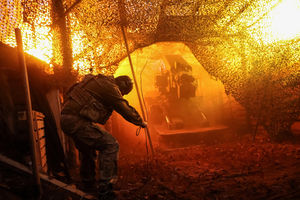
Refurbished Volkswagens.
| PoolDN2
Premium
Modern petrol or diesel engine, which are more powerful?
What you need to know:
- In the 1930s and 40s, some cars produced 100 hp, but that was “muscle car” stuff, and required huge V8 engines to get there.
- The extra power (and speed) has needed unrecognisably better tyres, brakes, steering mechanisms, suspensions, and so on.
The basic principles of petrol and diesel engines have not changed much in the past 100 years. But how much has modern technology improved their reliability, power and fuel economy? - SKM
Short answer: Modern engines produce between 10 and 20 times more power “per litre” than they did in the days of the Model T…using almost the same fundamental process of exploding a mixture of petrol and air to push pistons up and down and turn a crankshaft.
The Model T (1908-1927) had a 2.9-litre engine and produced 20 hp (that is not quite 7 hp per litre) at a tempo a bit like someone making butter by stirring with a wooden spoon. Today, power ratios of more than 100 hp per litre are readily achievable. The wooden spoon is now a specially shaped paddle, stirring at the tempo of a food blender.
In the 1930s and 40s, some cars produced 100 hp, but that was “muscle car” stuff, and required huge V8 engines to get there (still a power ratio of less than 20 hp per litre).
Even James Bond’s legendary Aston Martin DB5 power icon of the 1960s (4.0 litres, 200 hp) could be blown away for acceleration and not go much faster than some of today’s livelier family cars. The Mazda CX5, for example, produces more power with an engine half the size (and a body half the weight).
The journey from struggling “chug” to effortless “whizz” has required many dozens of major technical advances, and a countless number of minor refinements.
Higher revs are a central part of the change, but achieving those has needed higher octane fuels, mixed and delivered by more efficient carburettors and injectors, higher compression ratios, higher piston wall speeds, lighter materials and far advanced design-engineering-machining precision of moving parts, improved spark ignition, different valve layouts, changes in combustion chamber shape, camshaft angles, forced induction, more efficient cooling systems, and - by no means last or least – vastly improved lubricants.
The extra power (and speed) has needed unrecognisably better tyres, brakes, steering mechanisms, suspensions, and so on… not to create more power, but to cope with it,.
The oldies had surprisingly good fuel economy (the Austin 7 of the 1930s, with a top speed of about 70 kph, could achieve more than 20 kpl) because they did so little work and did it so slowly, which also made them quite long-lasting.
But they were appallingly unreliable, and in the Model T era needed to be serviced…every day… and sometimes more than once per day. Fuel consumption got worse in the quest for power through the 50s and 60s, but has since progressed (alongside more power) to unprecedented efficiency.
Power and economy are not an either-or deal. Both benefit from the same efficiencies of technical advance.





